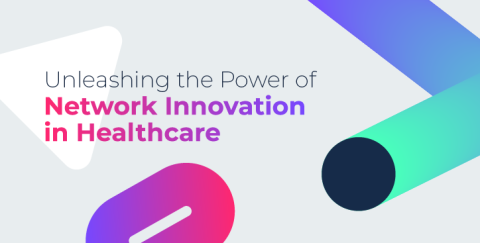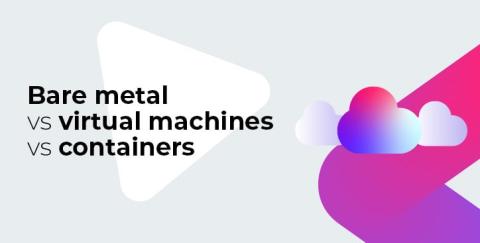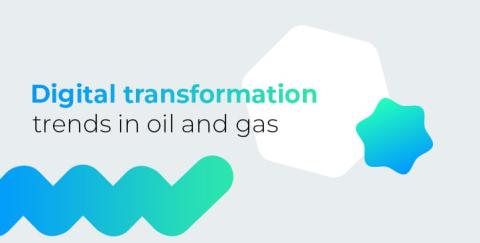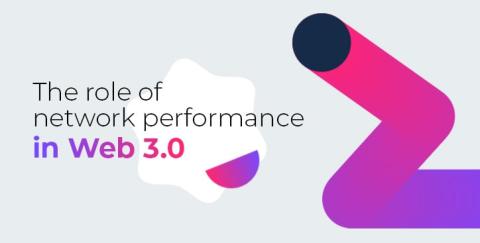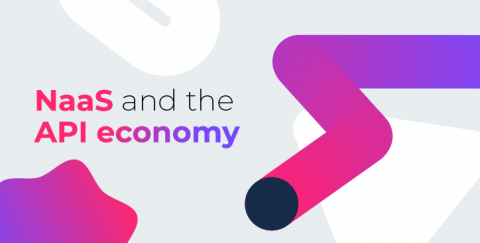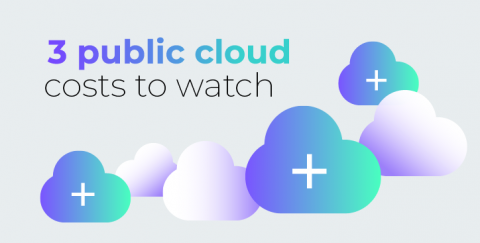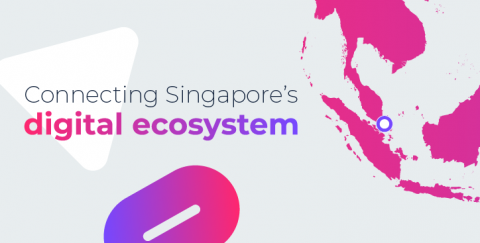Unleashing the Power of Network Innovation in Healthcare
Healthcare is undergoing a massive transformation, and network innovation is at the heart of it. But how can we simplify this complex process and make it practical for healthcare providers and, specifically, IT managers in the sector? Let's break it down.


